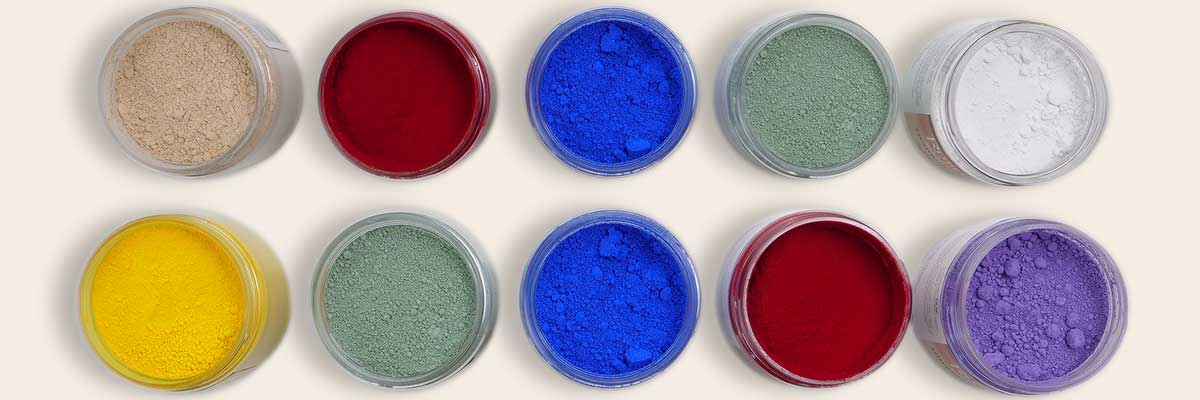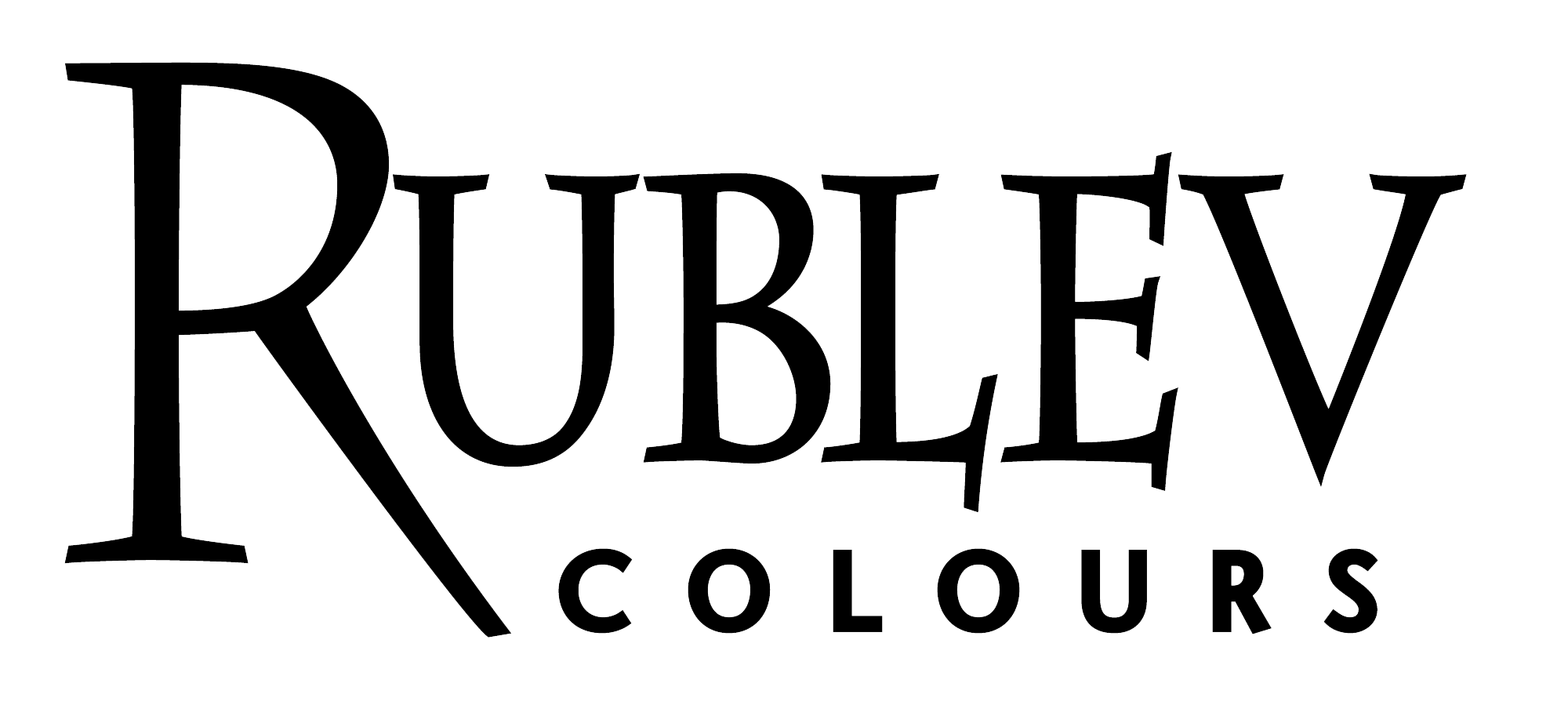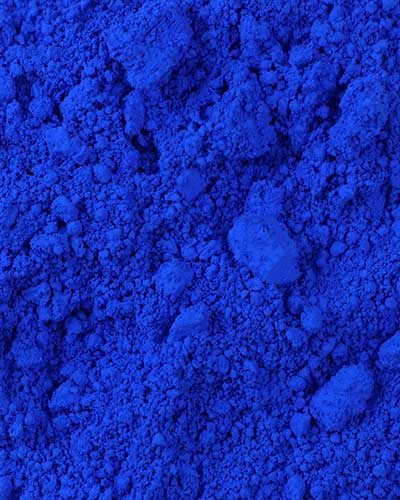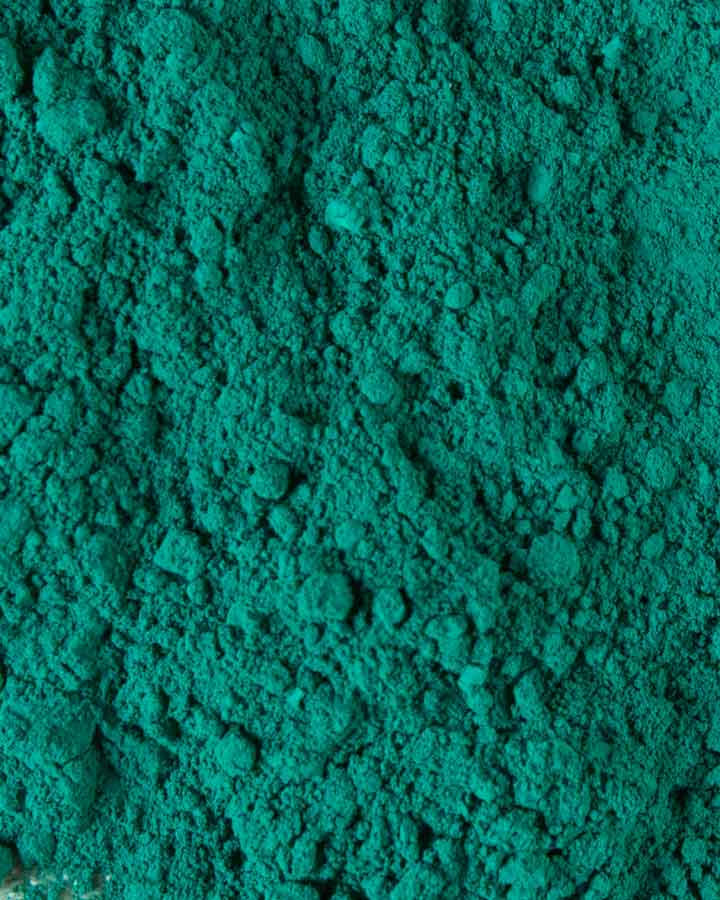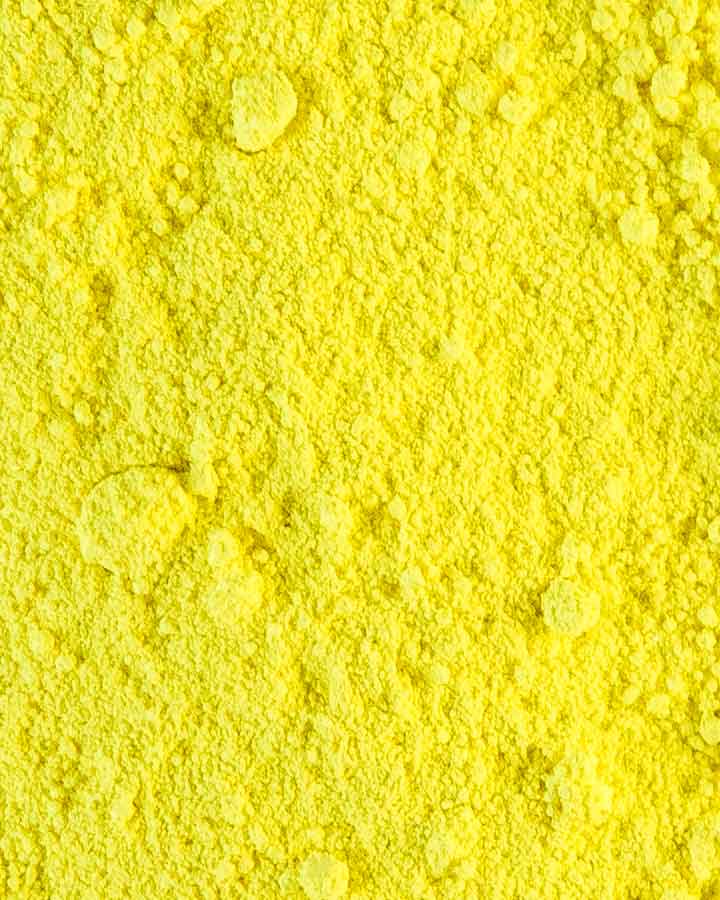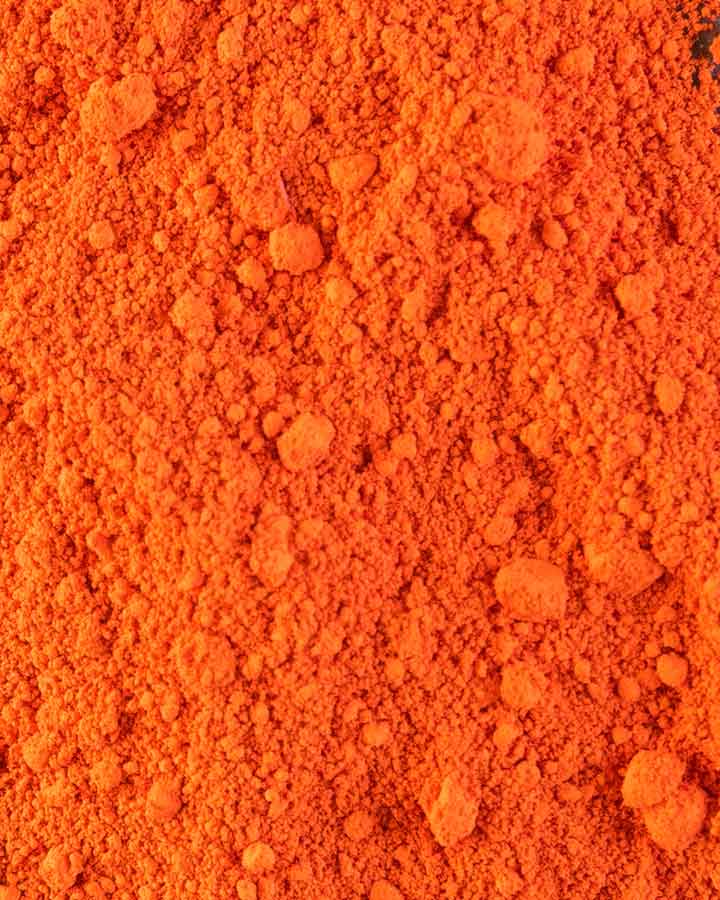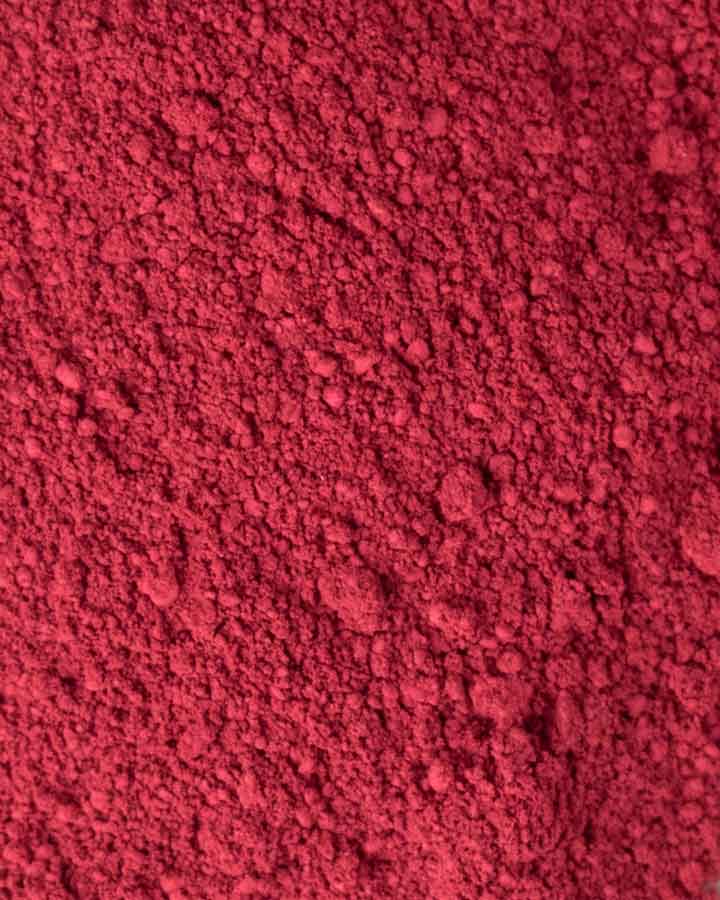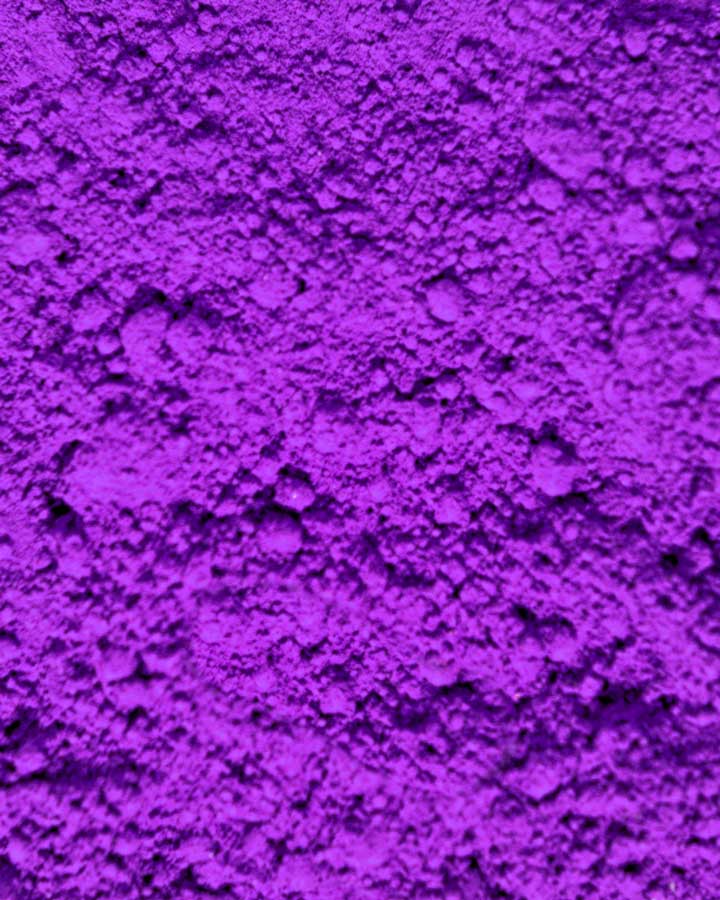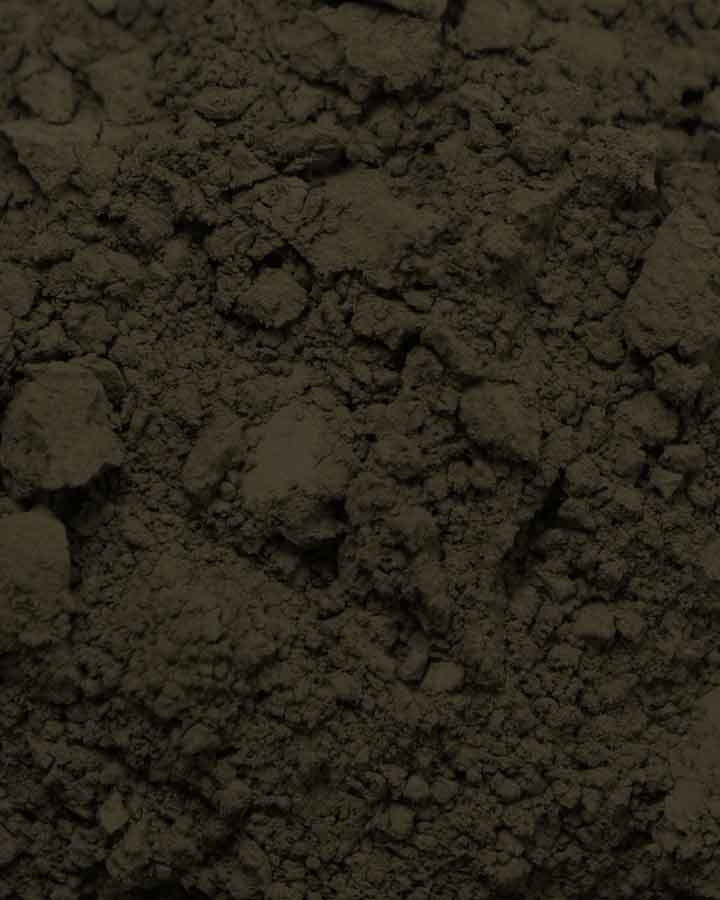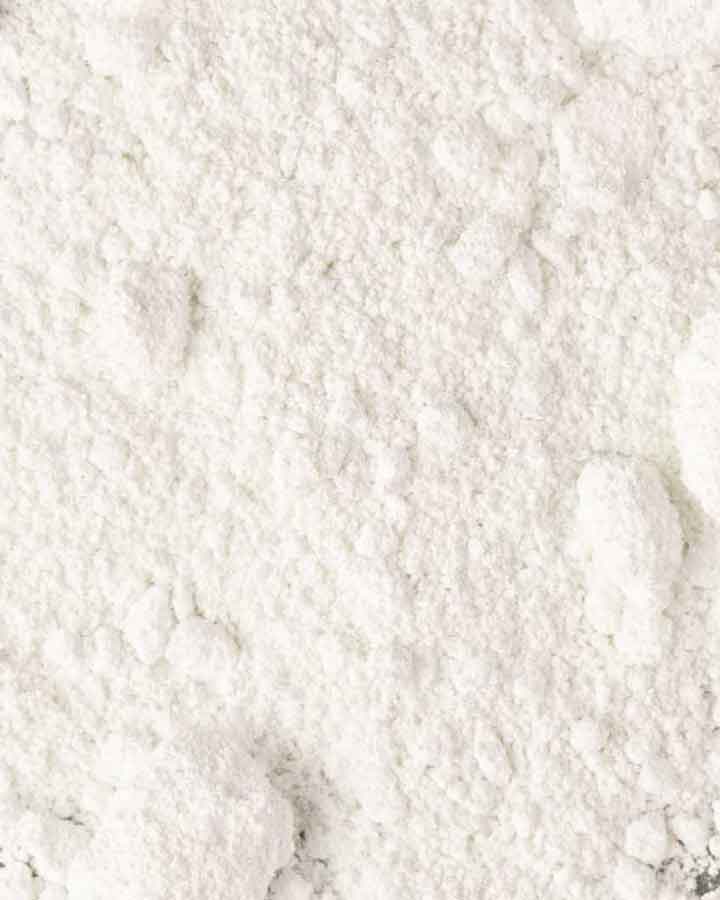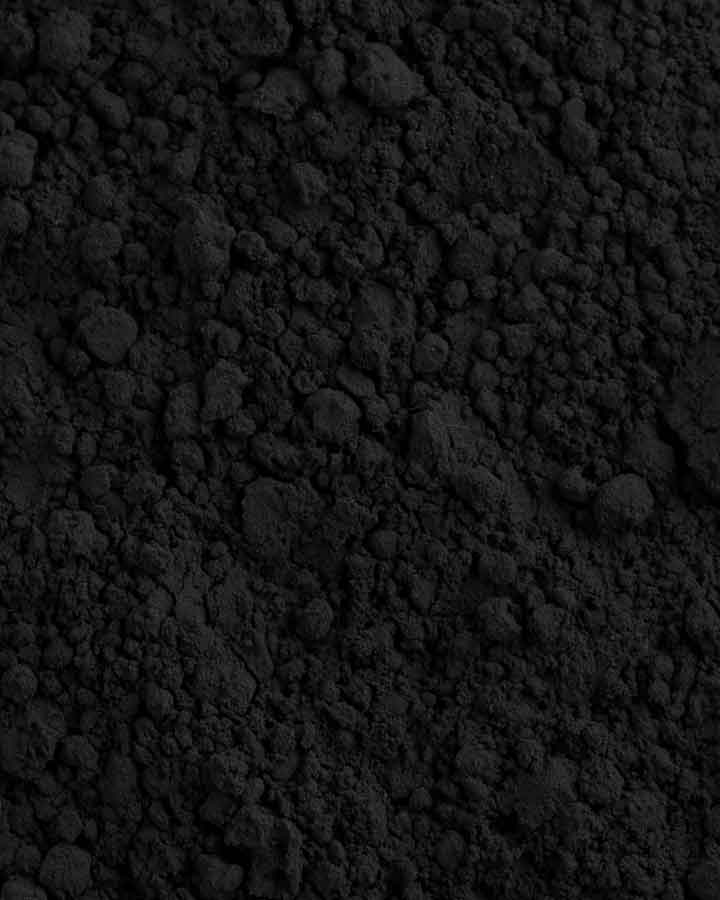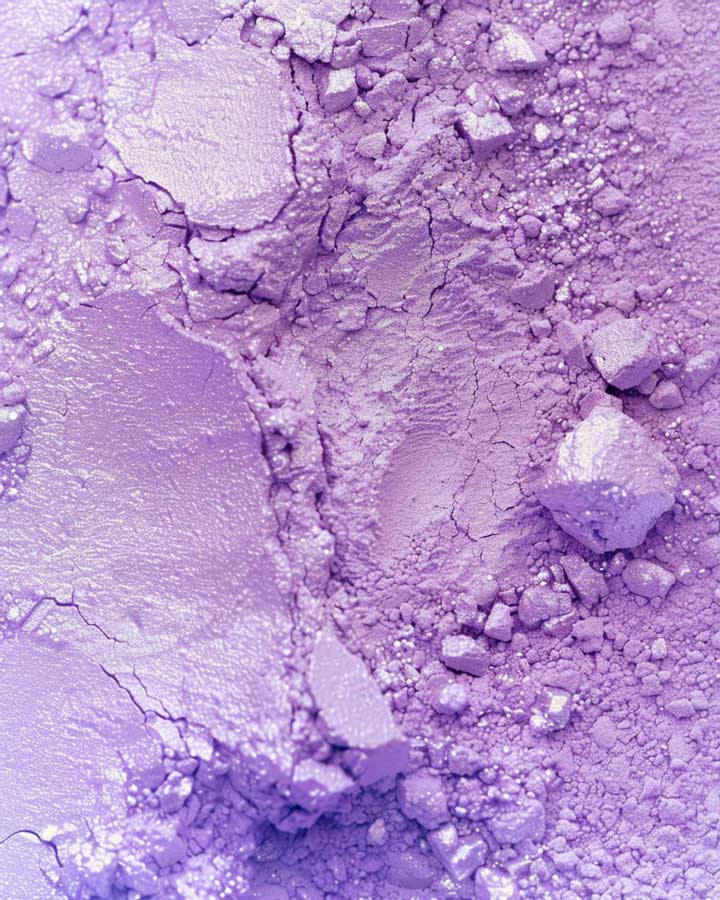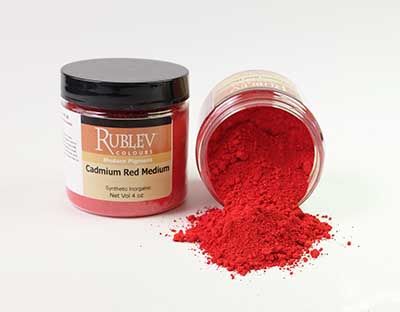- Category
Shop By
Shopping Options
Rublev Colours Pigments for All Artists' Mediums
Natural Pigments specially make Rublev Colours® natural mineral, organic, and historical powder pigments for artists. They are the same pigments used by ancient, medieval, and Renaissance painters. Each pigment can be used for different painting techniques. Whether a novice or an experienced painter, you’ll find Rublev Colours pigments well suited for use in aqueous mediums, such as egg and casein tempera, gum arabic (watercolor), hide glue (distemper), and acrylic dispersions. They perform equally well in oil and alkyd paint. Most are suitable for fresco and other painting techniques, such as encaustic.
Rublev Colours dry powder and aqueous dispersion pigments are made by Natural Pigments. Please read our description of Rublev Colours Pigments for more information. For information about the permanence and composition of Rublev Colours Pigments, visit Pigments Composition and Permanence.
Visit our Swatch and Pigment guide for details on Rublev Colours Pigments images and where to find pigment information.
Frequently Asked Questions
What is a pigment, and what is its function?
A pigment is a colored material that is completely or nearly insoluble in water. In contrast, dyes are typically soluble in water. Generally, dyes are often organic compounds, whereas pigments are inorganic or organic compounds. Pigments color artist's materials such as paint, pastels, pencils, and paper.
What are the primary types of pigments?
Based on their chemical composition, pigments can be categorized into two types: inorganic and organic pigments. Based on their source, pigments are derived from natural and synthetic sources.
What are examples of pigments?
Examples of natural inorganic pigments are umbers, ochres, and siennas that are extracted from mineral sources in the earth. Pigments with the same chemical compositions, called iron oxide or Mars colors, are produced synthetically. Examples of synthetic inorganic pigments are cadmium yellow, orange, and red, cobalt blue, chromium oxide green, and titanium white. Learn about the advantages for artists of natural pigments.
How do pigments create color?
Like all materials, the color of pigments arises because they absorb only certain wavelengths of visible light. The properties of the material determine the wavelength and amount of light absorbed. Light of other wavelengths is reflected or scattered. The wavelengths of reflected light determine the color that we observe. The appearance of pigments is sensitive to the source light. Sunlight has a high color temperature and a fairly uniform spectrum. Sunlight is considered a standard for white light. Artificial light sources are less uniform. Learn more about how pigments create color.
What properties of pigments determine their suitability for artists' materials?
The lightfastness and sensitivity to damage from ultraviolet light is perhaps the most important property of pigments that determines their suitability in artists' paint. Tinting strength and opacity or transparency, which is based on the refractive index, particle size and shape of a pigment, and its proportion in relation to the paint binder, are important properties for artists. Learn why some pigments are transparent while others are opaque. Toxicity is another consideration for artists. Resistance of pigments to alkalis and acids is important for use in murals and outdoor artwork. The reactions and interactions between pigments and paint media define the stability and handling characteristics of paint. Learn which pigments are reactive and non-reactive in oil paint.
What are natural and nontoxic pigments?
Which pigments are natural, and which ones are synthetic? Learn how to determine which pigments are natural or synthetic.

